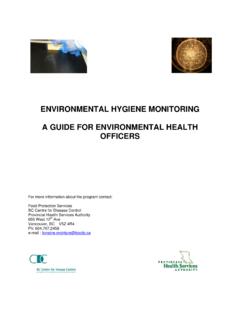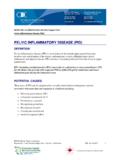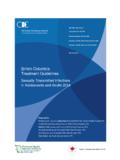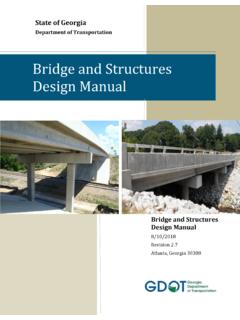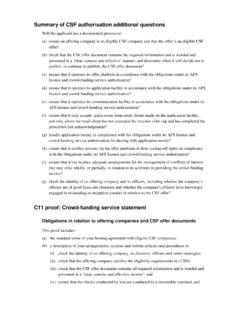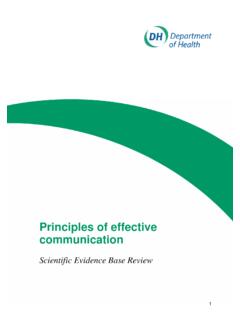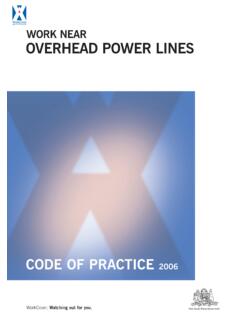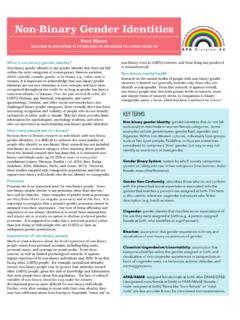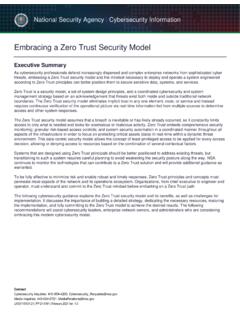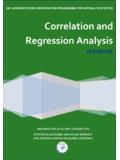Transcription of Impact of School Closures on Learning, Child and Family ...
1 Impact of School Closures on Learning, Child and Family Well-Being During the COVID-19 PandemicSEPTEMBER 2020 Published: September 22, 2020 Contributors (in alphabetic order)Dr. John Carsley, Meghan Day, Dr. Quynh Doan, Dr. Eleni Galanis, Dr. Andrew Gray, Dr. Dee Hoyano, Dr. Perry Kendall, Gina McGowan, Dr. Geoff McKee, Daniel Naiman, Dr. Michael Otterstater, Dr. David Patrick, Dr. Laura Sauve, Stephen Smith, Dr. Kate Smolina, and Andrew BC Centre for Disease Control epidemiology team, the Office of the Provincial Health Officer epidemiology team, BC Children s Hospital Research Institute, BC Ministry of Health and Government partners, Child Health BC, BCCDC COVID-19 SPEAK Survey team, Unintended Consequences Working Group and the Unintended Consequences project team. Special acknowledgement to Paula Osaschoff from the College of Physicians and Surgeons of BC Library Services for her assistance with the literature search, and finally Dr.
2 Bonnie Henry BC s Provincial Health Officer for her ongoing support. ENDORSEMENTS BC Children s Hospital BC Centre for Disease Control BC Public Health Leadership Committee BC Office of the Provincial Health OfficerSUGGESTED CITATIONDove N, Wong J, Gustafson R, Corneil T. Impact of School Closures on Learning, Child and Family Well-Being During the COVID-19 Pandemic. BC Centre for Disease Control & BC Children s Hospital. September Authors Dr. R ka Gustafson, Provincial Health Services AuthorityDr. Naomi Dove, Office of the Provincial Health OfficerDr. Jason Wong, BC Centre for Disease ControlDr. Trevor Corneil, BC Centre for Disease Control2 Impact of School Closures During the COVID-19 Pandemic3 Impact of School Closures During the COVID-19 PandemicContentsExecutive summary ..4 Preamble.
3 5 Purpose ..5 Background ..6 Burden of illness and transmission in children ..7 Effectiveness of School Closures for COVID-19 ..9 Approaches to Reducing the Risk of COVID-19 Transmission ..11 Unintended Effects of School Closures ..12 Equity ..19 Impacts on Indigenous Populations ..19 Strengths, Limitations and Future Opportunities ..20 Summary ..23 Cultural dimensions of the COVID-19 public health response ..24 Monitoring Child and youth suicides over the course of the pandemic ..25 Children are safest when classes take place outdoors ..26 Supporting children in BC to return to schools safely during the COVID-19 pandemic ..27 Anticipating a surge in youth emergency mental health visits ..28 Where have all the pediatric emergency patients gone? ..29 The hidden Impact of COVID-related societal stress on children.
4 30 How can children s medical histories predict severity of COVID-19 infection? ..31 How many children and youth in BC have already had COVID-19? ..32 Which subpopulations of youth have been most impacted by School Closures ? ..33 Understanding and applying the evolving literature of COVID-19 and children ..34 Identifying mental health impacts and resources during the COVID-19 pandemic ..35 Technical Appendix ..36 References ..37 Executive summaryClosing schools is an exceptional measure to delay epidemic spread due to the significant effects of closing schools on families, workers, and the well-being of children and youth. As the pandemic surged globally, schools were closed in most countries based on evidence from influenza outbreaks and the assumption that limiting student contact helps flatten the outbreak curve, reduce the burden on the health care system and protect vulnerable populations.
5 However, accumulating evidence, including local epidemiology and international data, suggests that younger children are at lower risk of infection and serious disease compared with adults, and do not tend to spread the infection widely, reducing the effect of School Closures . Schools support the learning, health, and development of children and youth and are key to reducing societal inequities. Prolonged School absences have detrimental effects on both children and families. Access to School resources for nutrition, health, and social supports are critical for many families. BC families reported impaired learning, increased Child stress, and decreased connection during COVID-19 School Closures , while global data show increased loneliness and declining mental health, including anxiety and depression. With the loss of supportive routines and structures, healthy behaviours have declined dramatically.
6 Provincial Child protection reports have also declined significantly despite reported increased domestic violence globally. This suggests decreased detection of Child neglect and abuse without reporting from schools. The Impact of School Closures is likely to be experienced disproportionately by families subject to social inequities, and those with children with health conditions or special learning needs. Interrupted access to School -based resources, connections, and support compounds the broader societal Impact of the pandemic. In particular, there are likely to be greater effects on single parent families, families in poverty, working mothers, and those with unstable employment and housing. COVID-19 is likely to be a fact of life for the foreseeable future. Evidence is accumulating that School Closures are societally unsustainable in the long term, particularly given the lower risk of transmission from children to others, as well as the negative effects of prolonged School Closures .
7 For these reasons, numerous pediatricians and professional healthcare and public health organizations have called for schools to re-open fully this fall. This evidence review similarly finds that return to School , while posing some risk of COVID-19, offers greater societal and individual benefits than continuing to keep schools closed. Importantly, schools are not at higher risk of COVID-19 transmission than community settings. Since schools are part of the community, strong control of community transmission is important to successfully reopen schools with minimum transmission. Attention to prevention measures within schools can further reduce the risk of transmission in the School setting. Ongoing monitoring of COVID-19 cases and outbreaks in both schools and the community is essential for accurate risk assessment.
8 In British Columbia, public health and schools have a long history of working together to promote and protect the health of the School community. Public health and schools will need to continue to work together to promptly and appropriately respond to cases, clusters, and outbreaks of COVID-19 to ensure schools remain at low risk for COVID-19 transmission. 4 Impact of School Closures During the COVID-19 PandemicPreambleOn March 17, 2020, the Provincial Health Officer provided advice to the Ministry of Education that suspending in-class instruction was appropriate given the circumstances of an emerging pandemic. On March 27, 2020, the Provincial Health Officer advised School districts to provide in-class instruction for children of essential service workers. Over the following weeks, the advice evolved to include in-class instruction for vulnerable students and those requiring additional COVID-19 is likely to be a fact of life for the foreseeable future, a need to understand the risks and benefits of keeping schools closed was identified.
9 This document reviews relevant evidence, recommends return to School and suggests strategies for ensuring that risks to children and society are minimized, while benefits are review is a synthesis of evidence as of August 18, 2020. As the scientific literature and BC data on the COVID-19 pandemic grows, our understanding of the consequences of School Closures and pandemic measures on the health of children and families in BC will continue to evolve. PurposeThe purpose of this rapid evidence review is to explore available evidence on the benefits and harms of K-12 School Closures in the context of the COVID-19 pandemic. We will:i assess currently available evidence on how children and youth are affected by COVID-19 and understand the role of children and youth in transmission. ii explore the effectiveness of School Closures on reducing community transmission of COVID-19 andiii describe the consequences of School Closures for the health and well-being of children and families.
10 The review will not weigh the relative merits of various approaches to infection prevention and control measures in School settings, nor will it provide guidance on risk mitigation strategies for School re-opening. For information and guidance on infection control precautions and risk mitigation strategies for School settings, please refer to the following documents: COVID-19 Public Health Guidance for K-12 School : Guidance for School Re- of School Closures During the COVID-19 PandemicBackgroundAs of May 2020, School Closures due to COVID-19 affected an estimated 70% of children and youth in 153 suspended in-class instruction proactively based on evidence and assumptions from prior influenza outbreaks which suggested that limiting student contact helps to diminish and delay outbreak peaks, reduce health care system burden and protect high risk Closing schools is one of the non-pharmaceutical intervention (NPI) strategies to manage influenza outbreaks,3 based on data that children are more susceptible to influenza infection, tend to shed more of the virus,4 and have more difficulty adhering to hygiene practices and physical distancing than adults.


